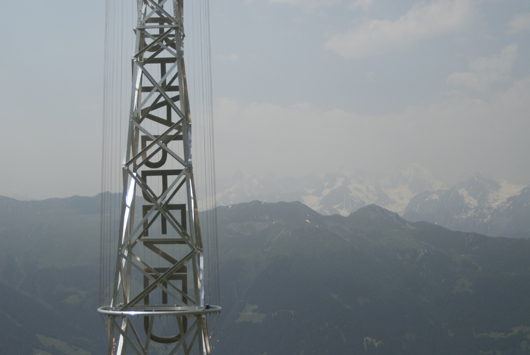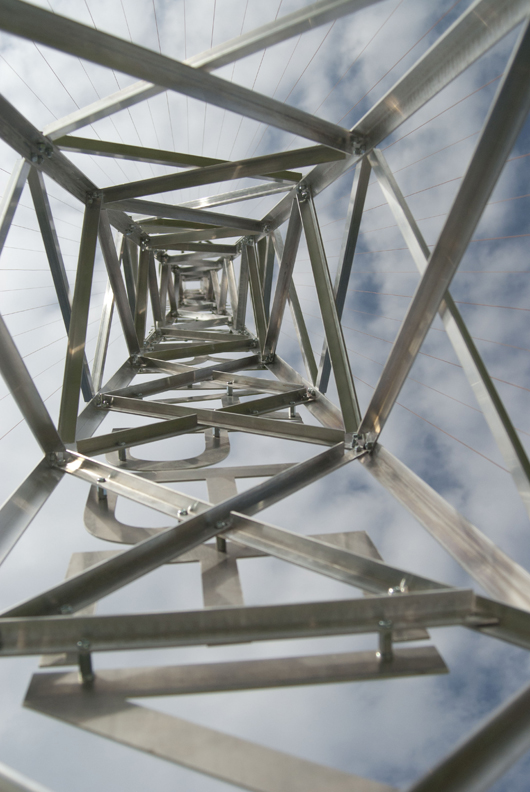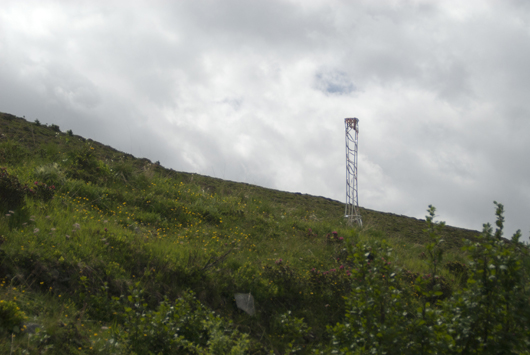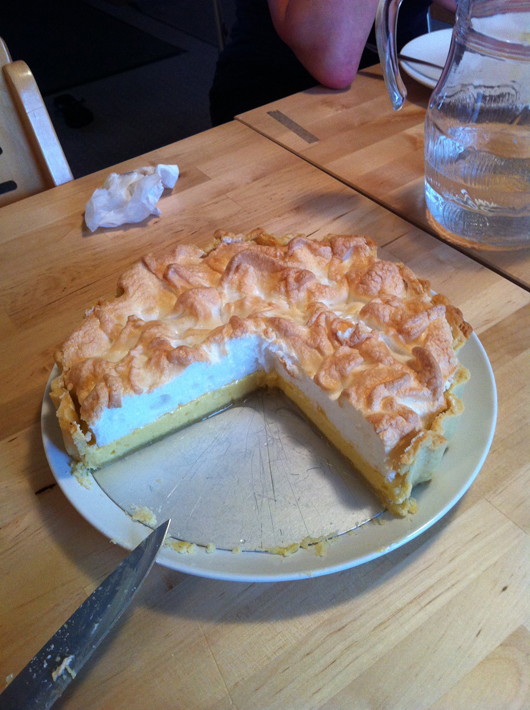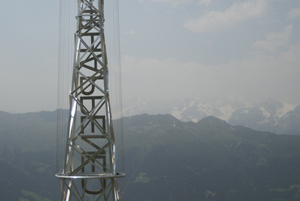
VERBIER, Switzerland – I am waiting at the bus stop in Place Centrale in Verbier for a large truck to arrive. It is apparently orange and driven by a Portuguese driver who speaks no English. I am to direct him to La Chaux, where I need him to offload the tonne of stone blocks that he is carrying. These blocks are the final part of the jigsaw that is my Verbier experience. They will become a low retaining wall around the large ‘What if…’ tower. It is 8:30 in the morning.
At 9:15 I attempt to text Mat, my technician, to inform him that the truck has not appeared. What is the French for ‘truck’? I struggle to complete my task in ‘text Francais.’ It is, however, with great joy that I soon see Mat climbing the hill toward me in an old Volkswagen camper van. He pulls up next to me as the engine wheezes out some suffocating bluish smoke. “Get in, the truck is late!’
He explains that the delivery is delayed but that there is no problem, and he drops me off at my spot on the mountain and tells me to keep an eye out for the truck. He disappears in what could be the remains of morning fog or perhaps more bluish effluent from the van. I try to remain relaxed. There is only a day between me and the public opening of the works, and I am awaiting materials. I try to soak up the amazing view, but my neurosis gets the better of me. Perhaps I should learn how to bite my nails… But, what is here? A flash of orange paintwork catches my eye on the road to the west. It is my Portuguese delivery man.
As the enormous tipper truck begins to tip and dump my stones, I am joined by ‘Ludo,’ our video man. He records our every move. He always flashes his broad disarming smile and then aims his camera. Today he is a godsend. The truck is still reversing away from its load of stones. There is supposed to be one cubic tonne here. As the orange truck disappears down the track, Ludo and I stand in front of four tons of stones, which also now block the road.
The stones need to be carried up a 12-ft bank and then placed at the foot of my sculpture some 15 feet further on. This doesn’t sound like a big deal, but I am afraid that it is. Ludo puts down his camera. We smile at each other, then begin the process of transporting the stones to where they need to be. Two hours later, I wave goodbye to Ludo. He has other artists to frame in his viewfinder. The road is no longer blocked with stones, but I have a wall to build.
In England we call it ‘dry stonewalling.’ I don’t know if they have a name for it in Switzerland, but I have a name for it, and it isn’t pretty. This is torture! I have no fingerprints left, my back is bent double and my arms are aching. My feet are stuck to my socks which are in turn now welded to my steel-toe-capped boots. The goddess of sculpture is again grinning as I struggle to beat the 4:30 deadline for my cable car lift back down the mountain. I will not let this defeat me. The wall will be built and it will be perfect, a fitting accompaniment to my tower.
Smug as the cat that got the cream, I swing myself into the cable car. All is done. I cannot deny this is a very emotional moment, I have completed my works and I am proud. The works are good. Finished on time and only the vernissage to worry about now.
The opening coincides with the ‘inalp.’ This is the arrival of the fighting cows on the mountain. There is a perfect irony about this, the local history and community coming together with the artists and their individual agendas. I can’t wait. I just hope I can still manage to walk when I get up tomorrow morning.
# # #
ADDITIONAL IMAGES OF NOTE
